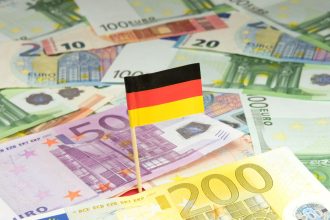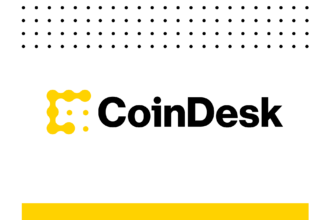Ant International to Apply for Stablecoin Issuer Licenses in Singapore and Hong Kong
Ant International, a Singapore-based unit of Chinese conglomerate Ant Group, plans to apply for stablecoin issuer licenses from Hong Kong and Singapore authorities as part of its broader strategy to integrate stablecoins into financial operations.
The company intends to submit a license application to Hong Kong’s regulator, the Hong Kong Monetary Authority (HKMA), after the Stablecoin Ordinance comes into effect on August 1, according to a Bloomberg report citing unidentified sources. Ant International is also pursuing similar regulatory approvals for Singapore and Luxembourg.
Ant Group itself is an affiliate of Alibaba Group and operates the world’s largest payment platform, Alipay, serving numerous users and merchants globally. The planned license applications signal growing institutional confidence in cryptocurrency and stablecoin regulation.
Hong Kong’s Regulatory Framework
Hong Kong passed its first stablecoin licensing regime, the Stablecoin Ordinance bill, on May 21, which will fully take effect in August. Under the new regulation, stablecoin issuers must obtain an HKMA license and face potential fines of up to HK$5 million for noncompliance.
Ant International’s Strategic Use of Stablecoins
Ant International aims to deploy stablecoins for cross-border payments and treasury management services. The company processed approximately one-third of its $1 trillion pipeline of global transactions through its blockchain-based Whale platform in 2024.
The firm also handles transaction processing for Alibaba Group’s e-commerce operations. Building on previous blockchain initiatives, Ant has shown increasing interest in tokenization solutions, including environmental, social and governance (ESG) assets.
Broader Market Context
Ant’s move occurs as the global stablecoin supply approaches $1 trillion, according to projections from crypto investment firm CoinFund. David Pakman of CoinFund views this institutional adoption of stablecoins as a potential catalyst that “brings everyone else on” to blockchain technology.
The development follows recent milestone events including the first $250 billion all-time high for stablecoin market capitalization earlier in the week.












